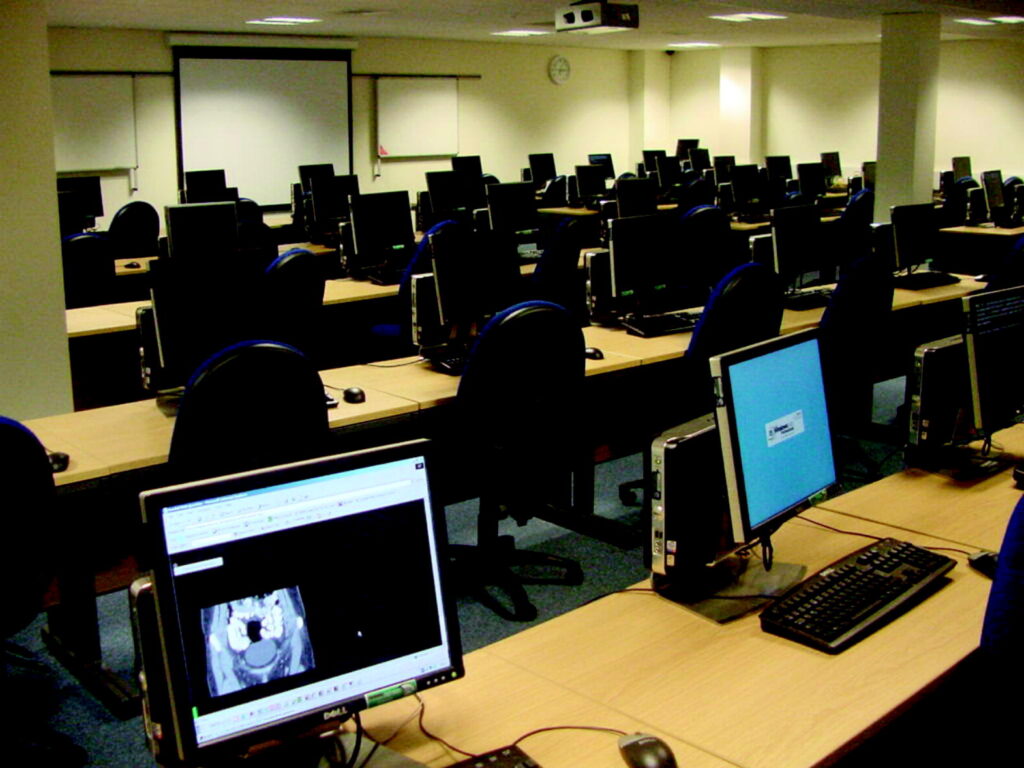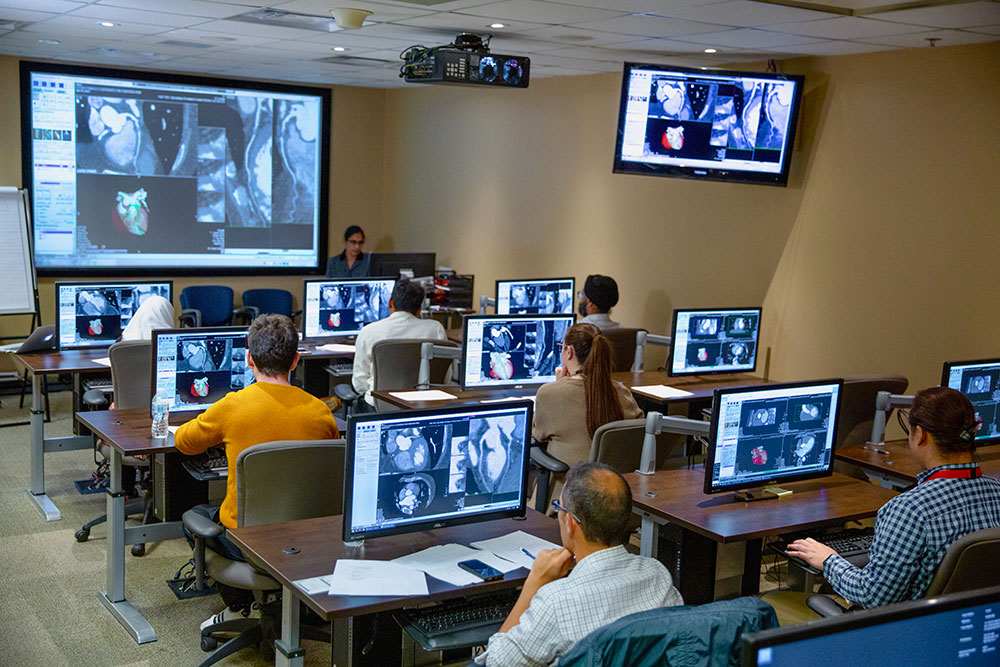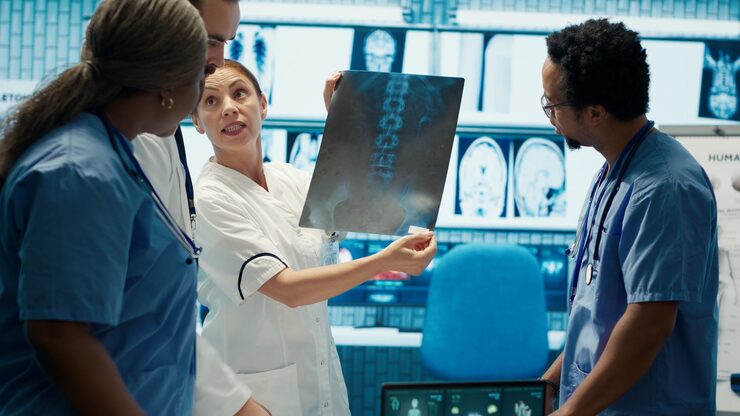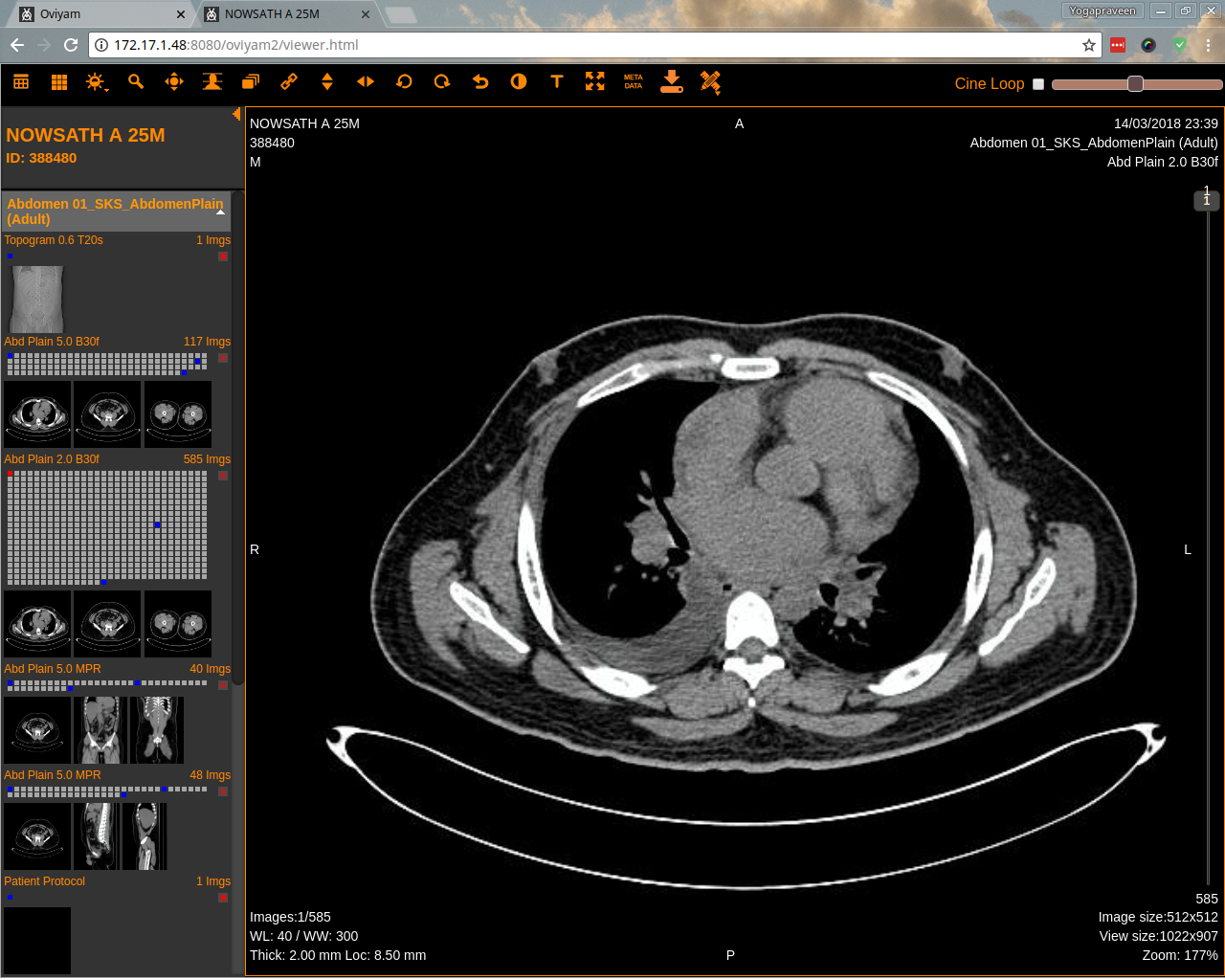Boost Your Brain: Why Continuous Testing Makes Medical Knowledge Stick
Medical imaging education requires mastering complex technical skills alongside vast theoretical knowledge.
When you study through traditional “cram and exam” methods, you might ace the test but forget critical information weeks later.
This approach doesn’t serve patients or professionals well in the long run.
Continuous assessment transforms how your brain processes and stores information.
Rather than treating learning as a one-time event, it creates an ongoing relationship with knowledge that dramatically improves retention.
This approach is reshaping medical imaging education by prioritizing lasting comprehension over temporary memorization.
Why Your Brain Loves Small, Regular Tests?
When you take frequent, low-stakes assessments instead of a single high-pressure exam, something remarkable happens in your brain.
This technique, called spaced repetition, forces your memory to repeatedly retrieve information, strengthening neural pathways each time.
Research from Johns Hopkins Medical School shows that students who used continuous assessment methods retained 42% more diagnostic criteria after six months compared to those using traditional study methods.
Think of it like strengthening a muscle—each time you recall information, you make it easier to access in the future.
This matters enormously in medical imaging, where split-second recall can impact diagnostic accuracy.
Assessment Types That Boost Knowledge Retention
Different assessment methods create different learning outcomes. Here’s how various testing approaches affect your knowledge retention:
| Assessment Method | Retention Rate After 6 Months | Best For |
| Multiple Choice Quizzes | 65% | Testing recognition of concepts |
| Case-Based Scenarios | 78% | Building diagnostic reasoning |
| Practical Demonstrations | 83% | Developing technical skills |
| Peer Teaching | 90% | Mastering complex concepts |
Study conducted by the Radiology Education Research Group, 2023
The most effective programs combine several of these methods throughout your learning journey.
When you regularly switch between different testing formats, your brain creates multiple pathways to access the same information.
The Feedback Loop: Why It’s Not Just About Testing
Continuous assessment works best when paired with immediate, specific feedback. When you understand exactly what you got wrong and why, you transform mistakes into powerful learning opportunities.
“The space between what you know and what you think you know is where real learning happens,” notes Dr. Maria Sanchez, Director of Medical Imaging Sciences at the University of California.
The emotional component matters too. High-stress, infrequent exams trigger anxiety that can actually block learning.
In contrast, frequent, lower-pressure assessments reduce anxiety while providing regular confirmation of progress, giving your brain the optimal conditions for building lasting memories.

How Technology Enhances Continuous Learning?
Modern medical imaging education increasingly uses digital tools that track your performance over time, identifying knowledge gaps before they become problems.
These platforms adapt to your learning patterns, giving you more practice in areas where you struggle.
When you use these systems regularly, you’re essentially creating a personalized learning pathway that responds to your specific needs.
Digital assessment tools can simulate the clinical decision-making process, helping you develop the pattern recognition skills essential for rapid, accurate diagnosis.
Implementation in Clinical Settings
Continuous assessment doesn’t end when formal education concludes. The most effective imaging departments integrate ongoing learning assessments into regular workflows.
Brief, weekly image interpretation challenges among colleagues or monthly case reviews maintain knowledge freshness.
These practices transform workplaces into learning environments, where professionals continuously sharpen their skills throughout their careers.
Looking Forward: The Future of Medical Imaging Education
As medical imaging technology evolves rapidly, continuous assessment becomes even more crucial.
When you engage with regular testing across your career, you build the neural architecture needed to adapt to new technologies and techniques.
The most successful medical imaging professionals aren’t necessarily those who memorized the most information during their training, but rather those who developed effective learning systems that serve them throughout their careers.














